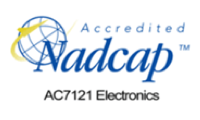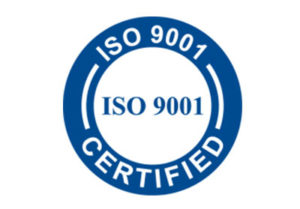Insulation materials provide wiring harnesses with a layer of necessary protection in a variety of ways, depending on the specific requirements the product must meet. Insulation helps protect the product mechanically, electrically, or environmentally, meeting particular needs according to the product’s application. Additionally, a variety of materials used in wiring harness insulation ensure the various functions of cable harnesses are carried out in the best way possible using the best materials for the job.
Insulation designed for mechanical protection ensures wiring harnesses will hold up well against wear and tear. This type of insulation will either be very flexible or very rigid depending on the needs of the assembly, and will often be resistant to extreme temperatures. Teflon is commonly used for these applications due to its durability and resistance to extreme temperature.
Electrical protection assists wire bundles in being more effective in their purpose. This includes equipping the product to carry the necessary voltage, or insulating specific wires from the electrical current of surrounding wires. The thicker the insulation material, the higher the voltage rating the assembly will have and more capable the wires will be to carry high currents of electricity.
Insulation from the environment will protect the product from outside damage, reducing the possibility of water, microorganisms, or heavy chemicals compromising the effectiveness of a wiring assembly. Neoprene is often used in these cases where damage from biological factors is possible.
Depending on the function of the wiring harnesses and the needs of the client, a variety of materials can be used for insulation purposes. Coverings made from high end polymers, silicone, FEP, XLPE, and PTFE materials are often used in aircraft and spacecraft applications because of their durability and lighter weight. These more rare and expensive materials are crucial in assemblies that must decrease as much weight as possible in the finished product.
By contrast, some more common materials like PVC, neoprene, and nylon are useful coverings for harnesses in which excess weight is not of huge importance. This includes end products such as automobiles, trains, and appliances. These materials are more cost-effective to process, while still providing resilience to the cable assembly.
Both higher and lower end insulation materials offer companies like Liberty a variety of ways to tailor wiring harnesses to their client’s needs. This combination of mechanical, electrical, and biological protection goes a long way in protecting an assembly. Insulation equips wiring assemblies with the durability needed for the increasingly high performance needs of our customers.
Want to learn more about the possibilities for wiring insulation? Leave a comment below, or contact Liberty today!





